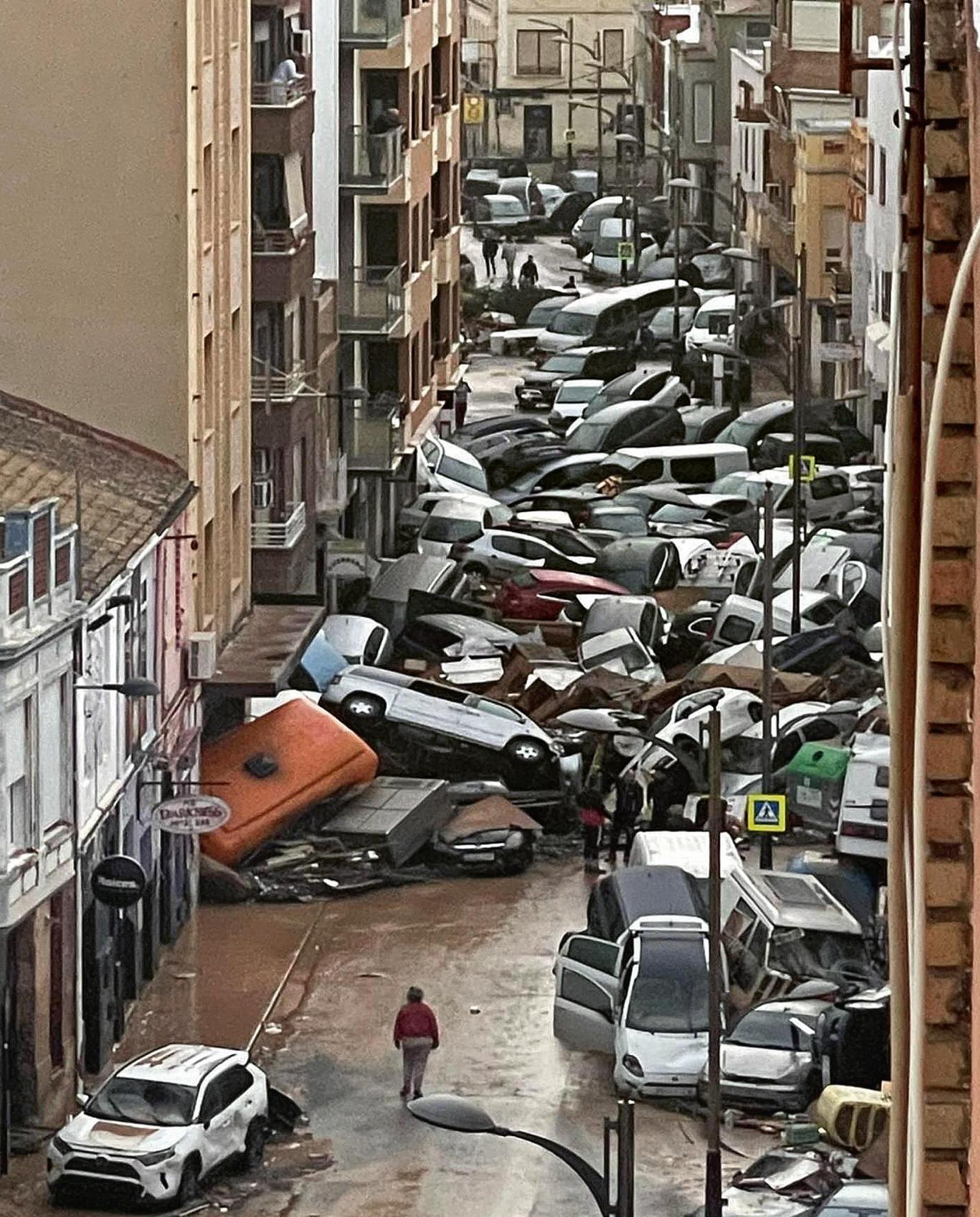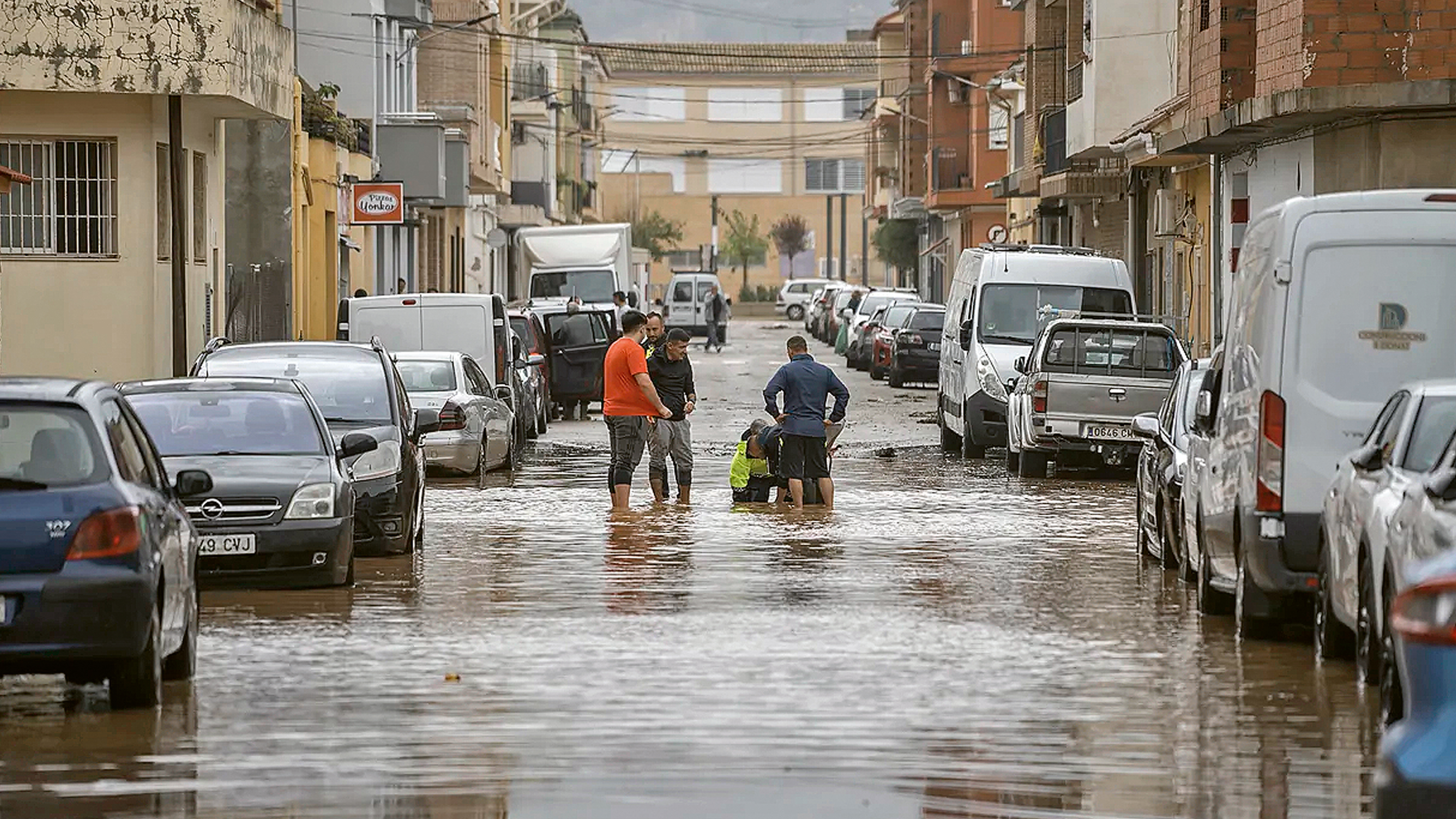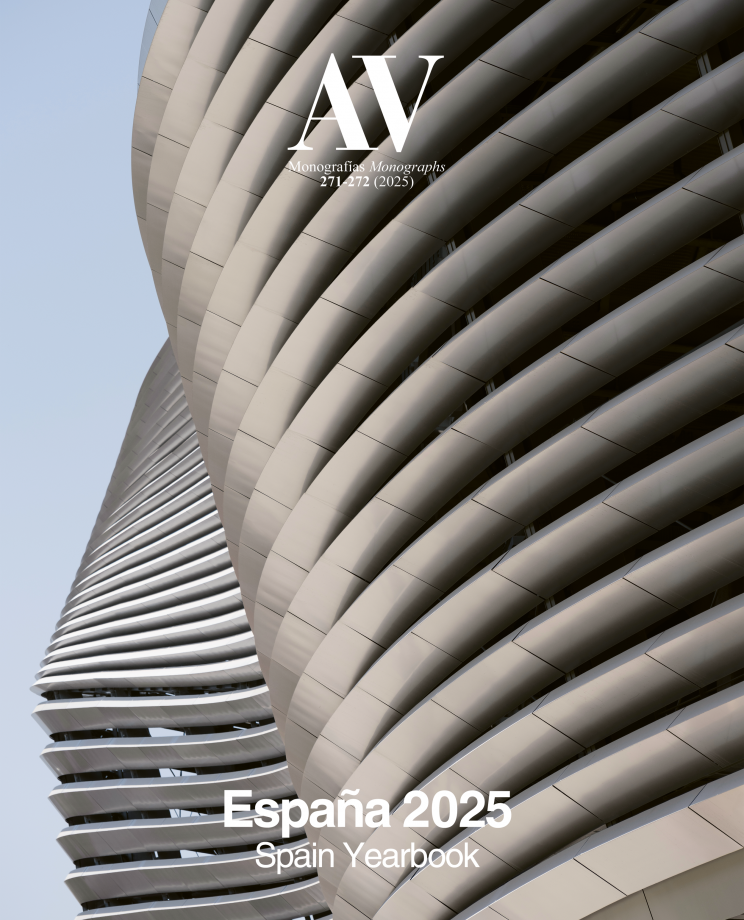
Street in the municipality of Sedaví (Valencia) after the flood of October 29 © EFE
Under the impact of climate change and the acid rain of political polarization, architecture needs resistant redoubts in which to take shelter to prepare for the disorder that is coming. This selection of Spanish buildings documents a series of precincts of demanding architecture whose scale, nature, and location map the state of the discipline, but also the moment of the country. Most of them of moderate dimensions, often in dialogue with the existing, and in many cases in rural environments, these buildings trace a panorama of attention to pressing needs and of budgetary constraint that is not incompatible with the pursuit of excellence. The work that heads the list is in many senses an exceptional case, and the controversy sparked by the use of the sports arena as a concert venue invites to recall an article published in 2009 in Marca, ‘El Bernabéu: no tocar, por favor’ (Bernabeu: Do Not Touch, Please), which was then against the relocation of the stadium to facilitate a real estate operation, and could now be interpreted as a call to preserve its original function.
The most noticeable change, however, must be found in the growth of the fraction of the Yearbook devoted to projects by Spanish practices abroad. The international expansion of our architecture did not start just now, but clearly the contraction of opportunities within our borders pushes many offices to look outside, moved by the same economical and social currents that have dragged so many young professionals out of Spain. In the previous edition it was already necessary to devote a section to international projects, and in this case we have needed two to include eight prominent works in three continents, because aside from the six European ones, there is one completion in Argentina and another in Taiwan. If there is a conclusion to be drawn from this sample of works, it is that the health of Spanish architecture is better than the health of the country: a diagnosis that should not invite complacency, because in the long run only institutional strength guarantees the vigor of the construction of culture and the culture of construction.






